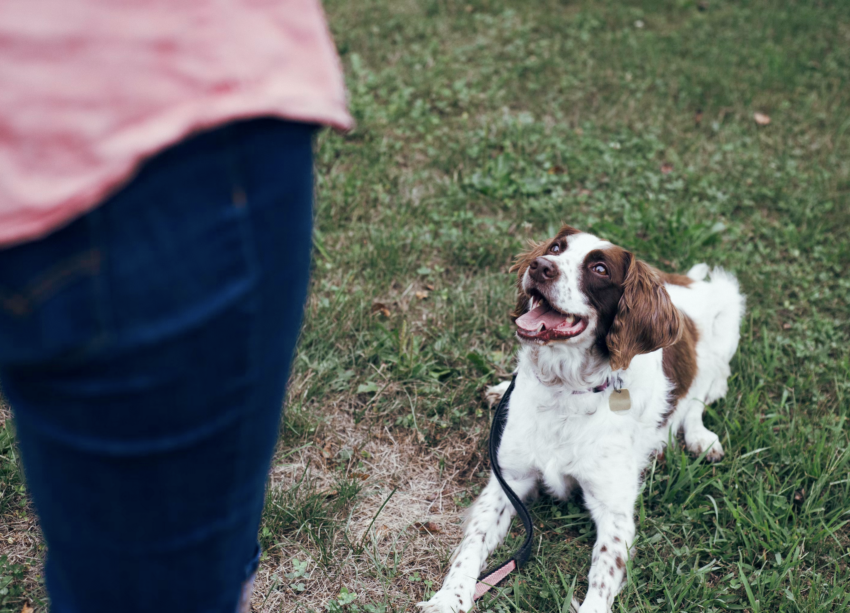Is it best to “add” or to “subtract” when dog training? This is indeed an interesting question. By adding I mean presenting a reinforcer as a consequence for behavior. By subtracting I mean removing a reinforcer as a consequence for behavior. In my view, the answer is that both modalities are of use when teaching our dogs. But today, I want to concentrate on adding a reinforcer instead of removing it.
Take the example and often the case of dogs jumping up on people when they greet.
Dog trainers have been teaching their clients to ignore the dog until the dog offers or responds to a cue for an alternative behavior- such as a sit. However, I will argue that this particular method of ignoring the dog is not very practical. Yes, it does work with some individuals, but I have also seen that it is too nerve wracking for dogs and people to implement. Folks get frustrated and now they are yelling at the dog and the dog is wondering why we are so nasty and refuse to say hello!
These days, I’d much rather teach people to give the dog what the dog wants, so that it can then stop jumping in an effort to reach our faces. Let’s look at the function of this behavior. Why do dogs jump to greet? We believe that it has to do with part of their genetic make-up. Other canids like wolves, greet and request food in this manner. The young pups lick the adult’s mouth to instigate regurgitation from the feeding parent. This need apparently came along with domestication. While the actual desire to reach our faces (hence the jumping!) has remained intact, our dogs are not requesting or even expecting to be fed but, to be greeted – in essence social interaction. The social component of this behavior is relevant to this post. So, what if we acknowledge this need in our dogs and we respond in kind instead of ignoring them?
Experiment a little with your own pup and your greeting routine and see what you think works best. I do not have only one way of teaching my clients on how to interact with their dog while greeting; instead I want to find out first what the dog finds reinforcing and that could double up as a greeting routine. Here are a few of my favorite ways of giving the dog what it wants and needs, while keeping the humans happy.
If your dog loves to retrieve you can keep balls by your front door. The minute you walk in, you will throw the ball for your dog to fetch. That will be your greeting. Your dog will be delighted not only because he is happy you are finally home, but also because you interacted with him. In no time your dog will expect to have you (or your guest) throw the ball for him. I have noticed that after the initial throw or perhaps after a couple of throws, the dog decides he has said hello plenty; that you are both okay and will decide to go lie down or engage in any other behavior besides a greeting behavior since that need has been met.
In my household, our dogs do come to the door to greet (okay, they might pass on greeting when is nap time) but they have been taught not to jump by requesting that they “go get their toy” – or a ball in the case of Deuce, from their toy basket. They rush to get the item and come back to us to have us throw the ball or play with the toy.
Alternatively, one can interact by throwing a piece of kibble or non-perishable treat that is kept out of reach from the dog and near the point of entry, so that the dog has to find it.
Most of the training scenarios that I teach my clients take less than a minute to perform and are highly effective. The trick, of course, is to be consistent so that we teach our dogs what to expect as we walk through the front door.
Ideally your guests will be clued in to the simple routine prior to entering the home or at least prior to engaging with the dog. Dogs do not generalize well so we must make sure they learn that the greeting procedure includes everyone (guests, cleaning crew). When folks take shortcuts, things get confusing and training plans fall apart. If instead of short cuts, we have a plan and we work the plan when greeting our dogs, we will find that they begin to relax around this social interaction. I am all for adding to what the dog wants and needs instead of always thinking of subtracting.

